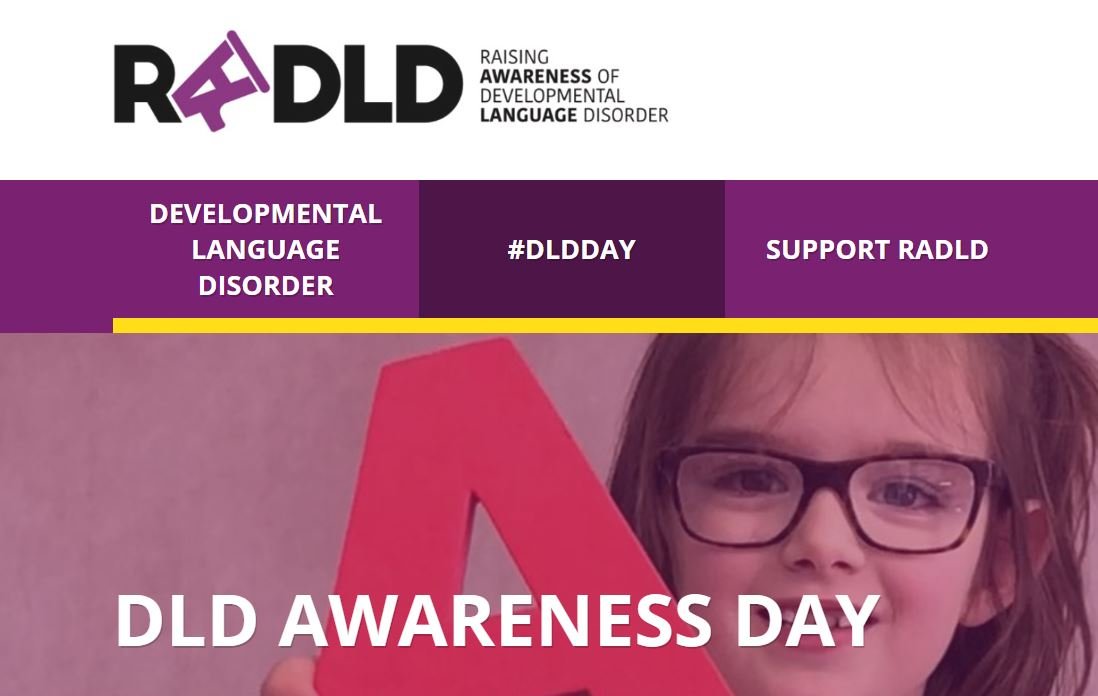Some useful bits and pieces this month, I hope. Pointers to a CPD opportunity on autism and eating disorders and October’s relevant awareness day for children with developmental language disorder. Also the updated Vitamin D guideline.


Some useful bits and pieces this month, I hope. Pointers to a CPD opportunity on autism and eating disorders and October’s relevant awareness day for children with developmental language disorder. Also the updated Vitamin D guideline.
Please do leave comments below.
August’s PDF only has 4 text boxes but with lots of information crammed into them and extra on the blog. A great looking PDF on poisoning in children from one of our registrars, an article on stammering from another working with a speech and language therapist and an update on BTS pneumonia guidelines just in time for the winter. Also a feature on Cardiff’s core info safeguarding work on the evidence behind different types of fractures. Do leave comments…
Dr Harriet Clompus who is currently training as a community paediatrician and Louise Parker, the interim lead for speech and language services at Wood Street Health Centre have put together this article on stammering (the terms in the title are all synonymous). Do leave comments or questions.
“I think that the worst part of being a stutterer is giving the impression that I’m unable to converse, that what I say doesn’t really make sense anyway… The person I’m talking to starts fidgeting, and as I pray internally – ‘No, don’t look away’ – a familiar feeling of despair arises” …. Guardian Weekend 7th July 2012, What I’m really thinking – The Stutterer
5 out of every 100 children will stammer (or stutter – the terms are synonymous) as they learn to talk. Stammer affects all social classes and language groups. It is four times more common in boys than girls, and often occurs in families. It is thought that there may be a genetic basis for stammer.
Usually children who stammer have had apparently normal speech development until the age of 3 or 4. As their speech becomes more complex, they begin to have problems with fluency, and are said to have a stammer or stutter.
What is stammering?
– Tense, jerky, effortful speech
– Difficulty in getting a sentence started
– Stretching sounds
– Repeating words
– Stopping speaking half way through a sentence
Stammer is affected by stress – the more stressful the speaking situation the more likely an existing stammer is to occur. This can create a vicious cycle, inhibiting speech and social interaction. However, emotional stress does not lead to stammer and there is no evidence that particular styles of parenting ‘cause’ stammer.
1 in 5 children who stammer will have a persistent stammer into adulthood. It is difficult to predict which child will have a natural recovery, or how long that recovery will take. However, early referral (within one year of onset of stammer) to sources of help reduces the persistence of stammer and can transform a child’s life.
Waltham Forest Community Speech and Language Services (based at Wood Street) run Specialist Dysfluency service for adults and children, led by Dysfluency Specialist Louise Parker (tel 0208 430 7970). Parent, Health visitor, SENCO and GP can all refer. If a professional is referring they should use the Wood Street Children’s Community Services referral form and a pre-CAF form. Waiting time for first appointment is 18 weeks or less.
Louise Parker and her team including Jo Quinlan, SLT, use a range of therapeutic interventions including Lidcombe therapy for pre-schoolers. Lidcombe therapy was designed in Australia and puts parents at the centre of their child’s therapy with a series of exercises which the therapist oversees. In 2005, a randomised controlled trial showed that Lidcombe was an effective method of treating stammer. Jones et al, Randomised Control Trial of Early Intervention with Lidcombe Method BMJ 2005
With the North East London Foundation Trust (NELFT) now including Waltham Forest, Barking & Dagenham, Havering & Redbridge Speech and Language Therapy Services (SLT), the SLTs working in the area of dysfluency will have an even stronger network.
GPs who are unable to access Wood Street or other SLT services, can refer to The Michael Palin Centre for Stammering Children in Islington, which runs intensive courses in school holidays for older children. Tel 02033168100 www.stammeringcentre.org (the centre will charge commissioning groups for the service).
The British Stammering Assosciation (http://www.stammering.org/) has a wealth of information, in many languages, for professionals, parents and children on its website. It also has a phone helpline staffed by people who stammer. Tel 0845 603 2001/0208 8806590
The Fluency Trust (http://www.thefluencytrust.org.uk) provides residential courses in activity centres for children older than 10 years.
City University, London provides intensive week long courses in school holidays for those over 8 years. Contact Bethan Lewis, tel 0207 040 8288 www.city.ac.uk/lcs/compass/stammering/Intensive.html